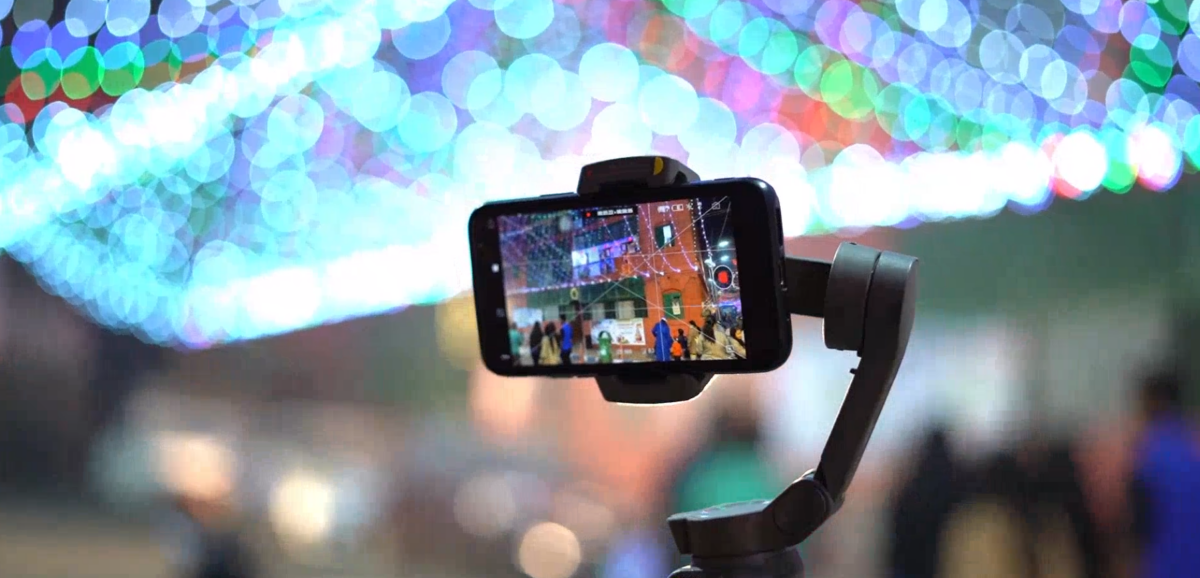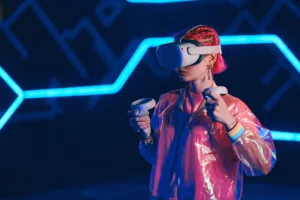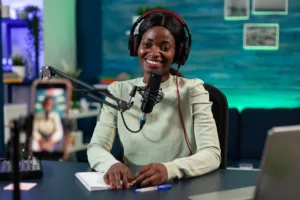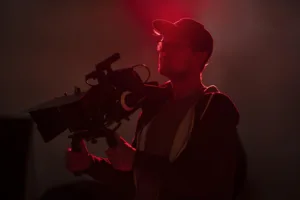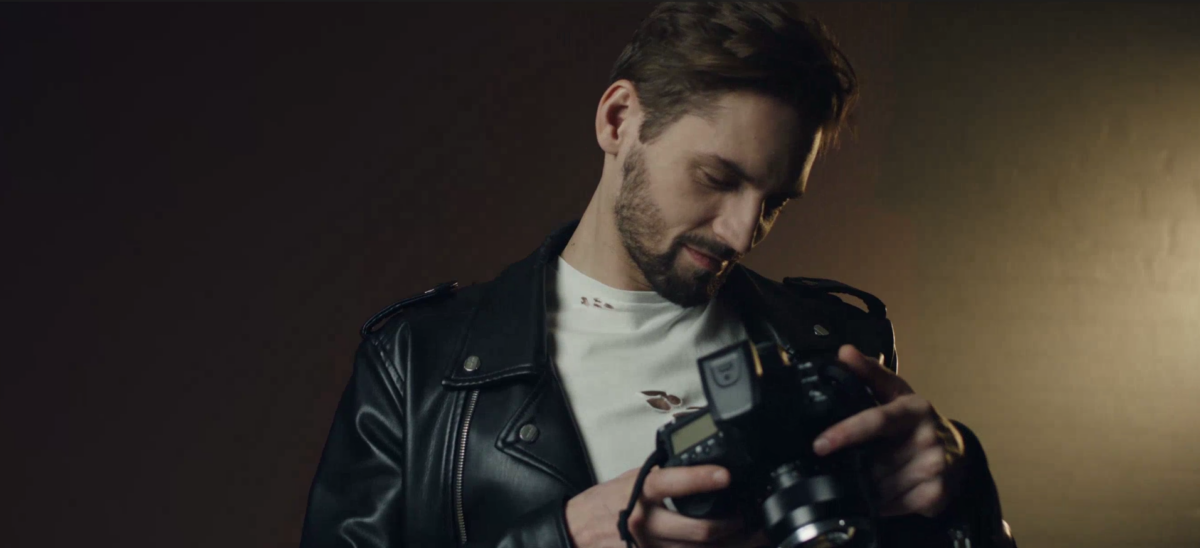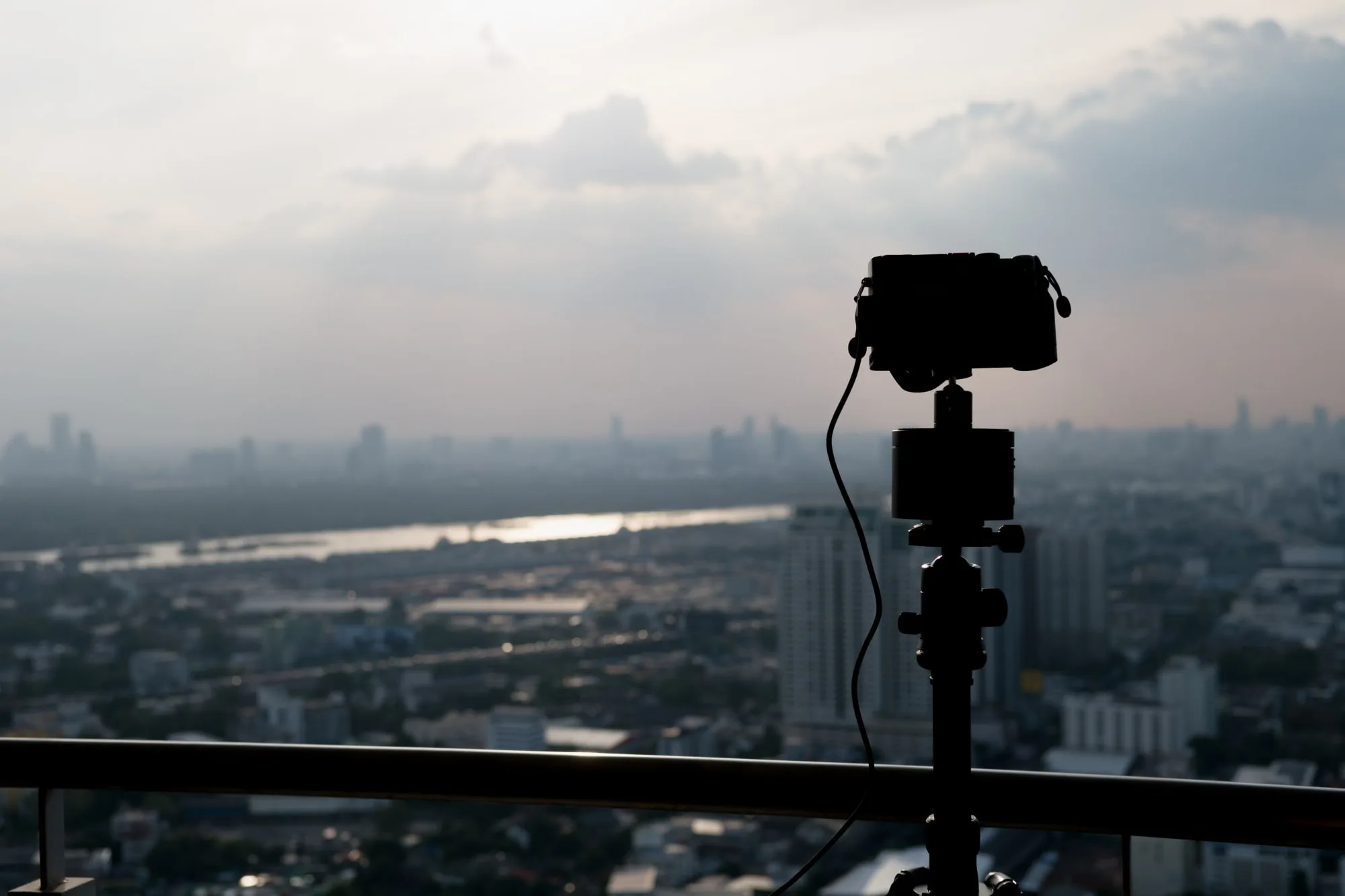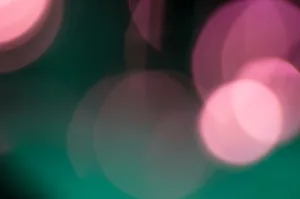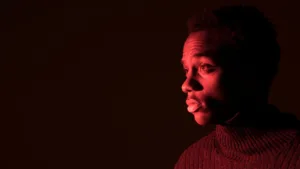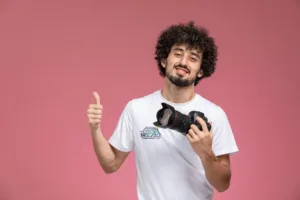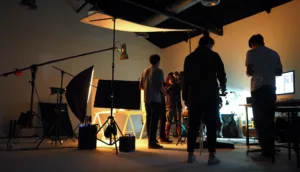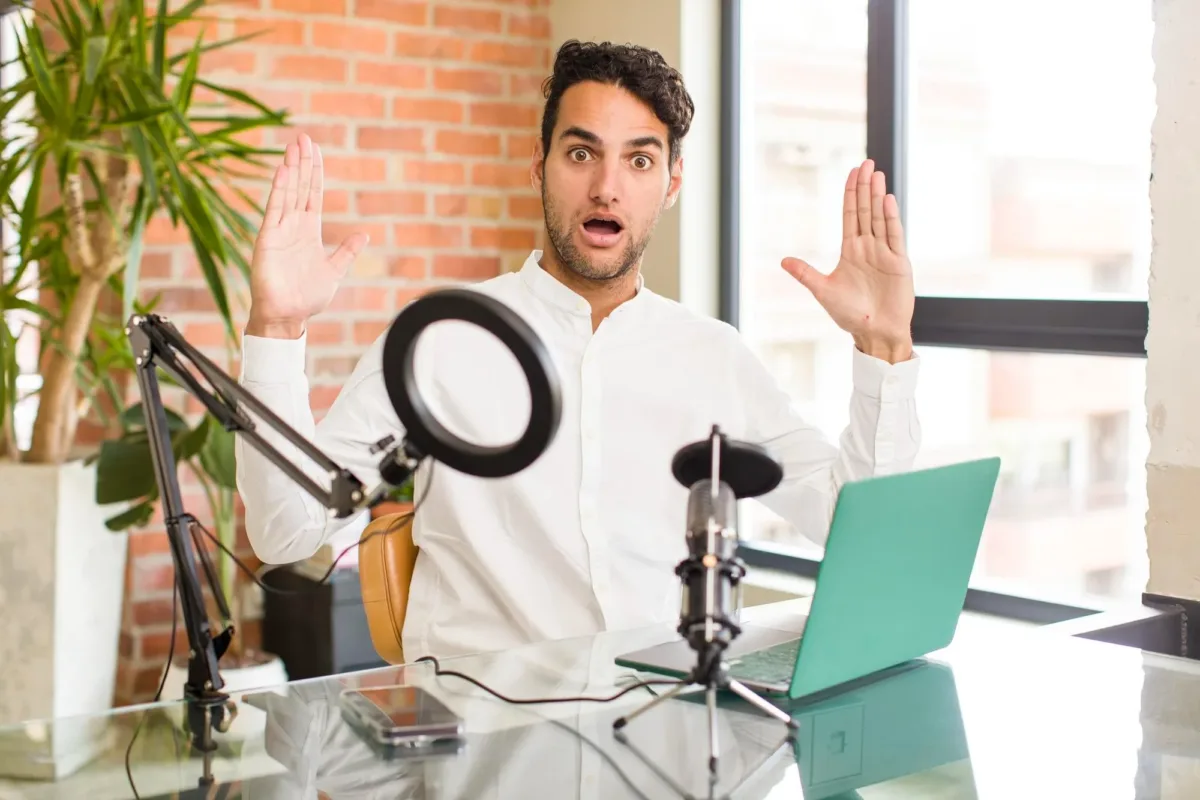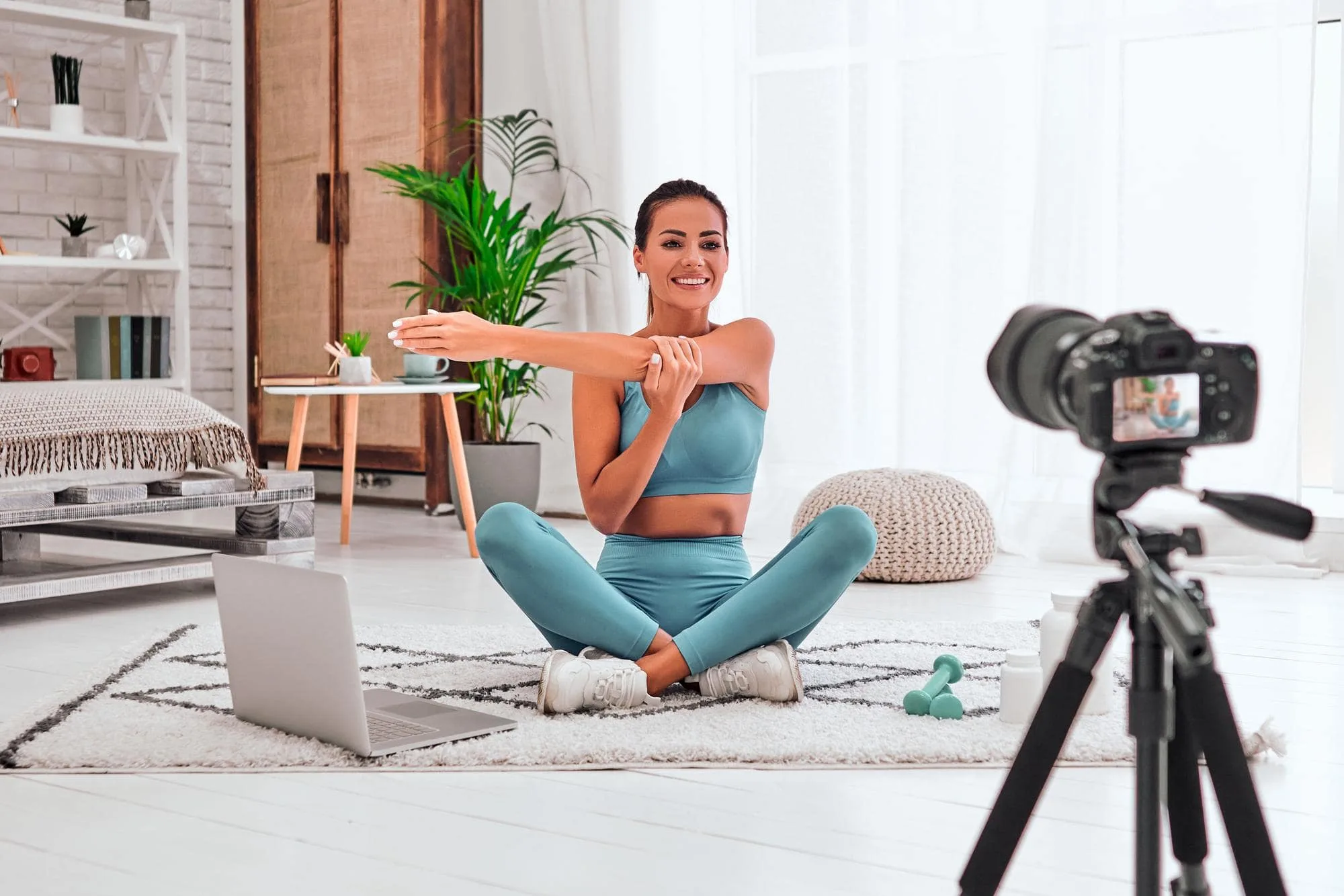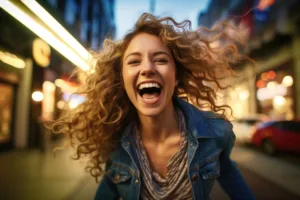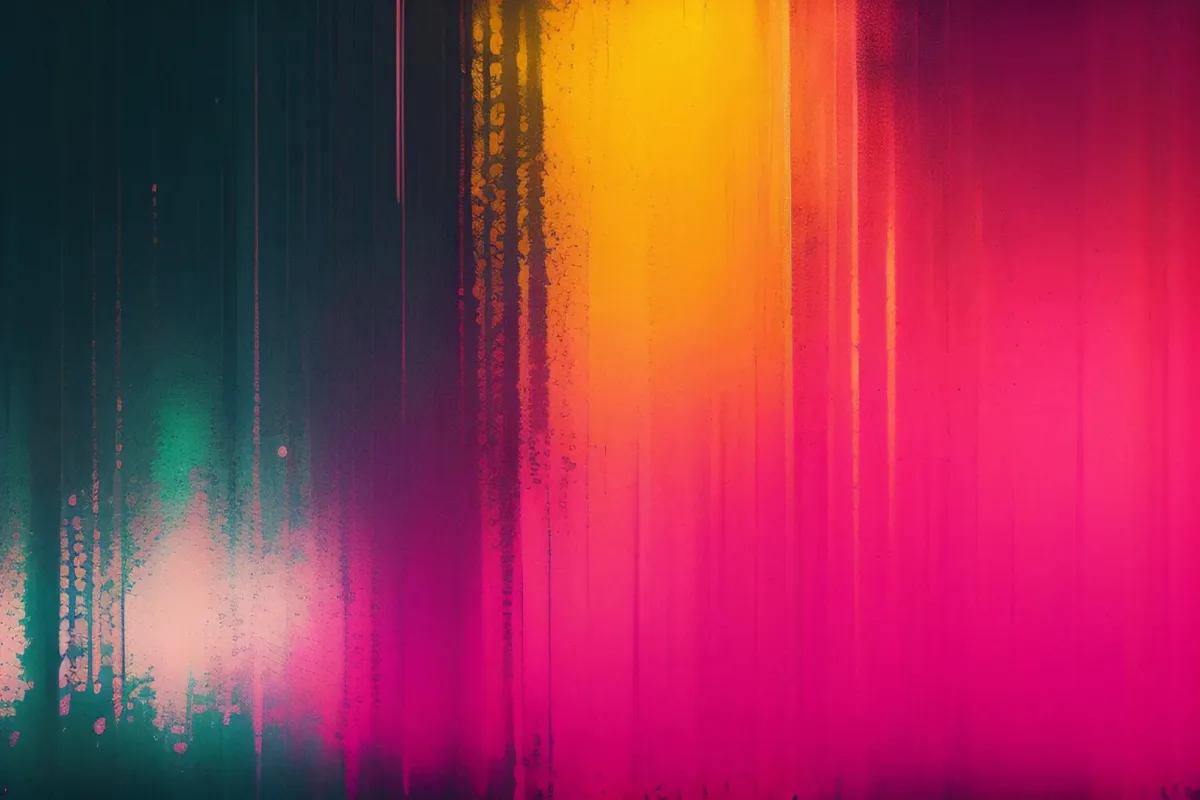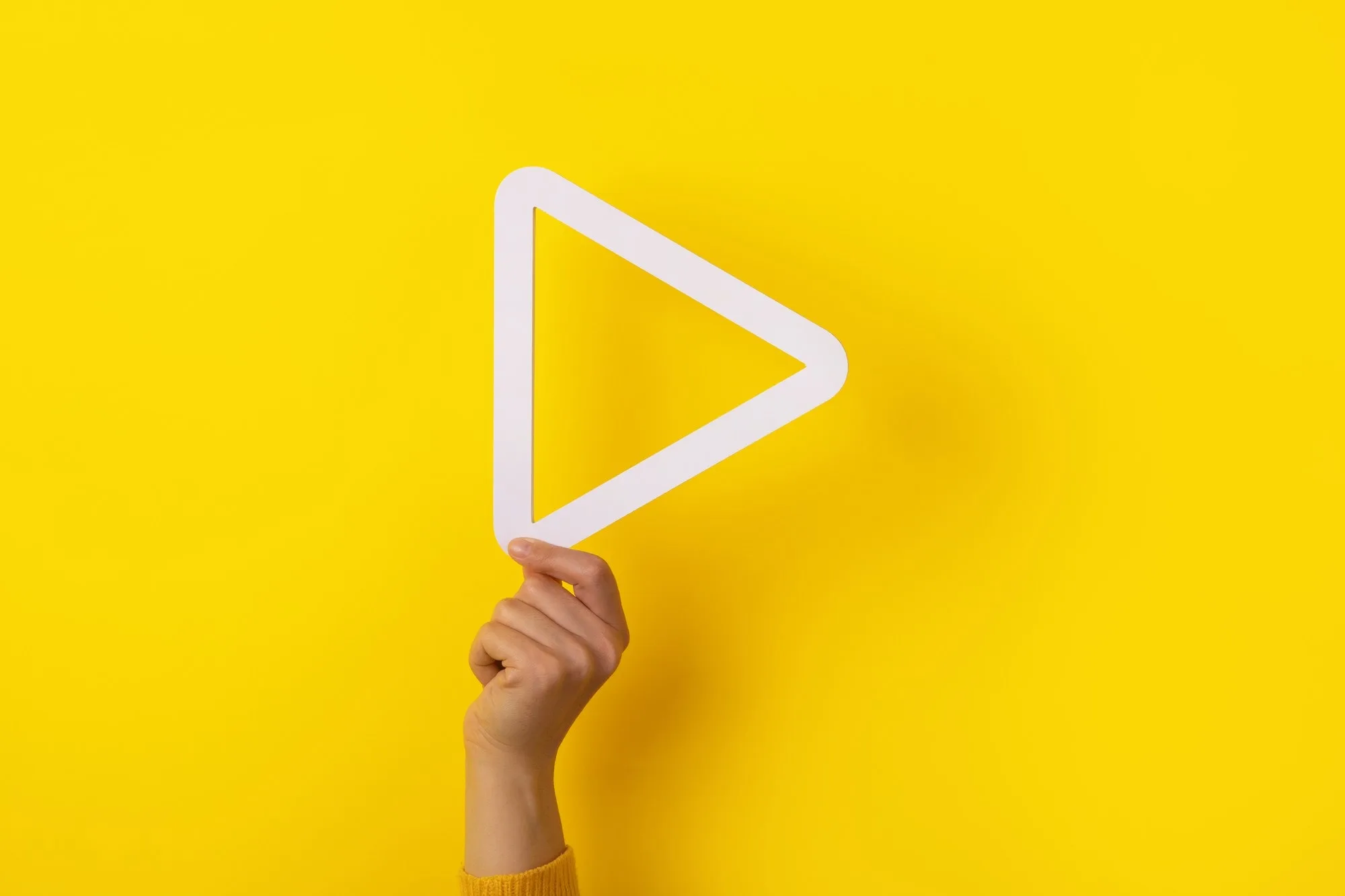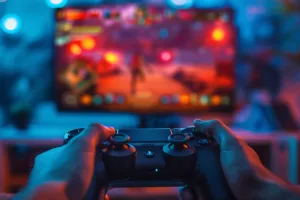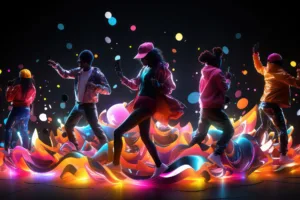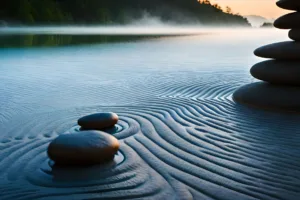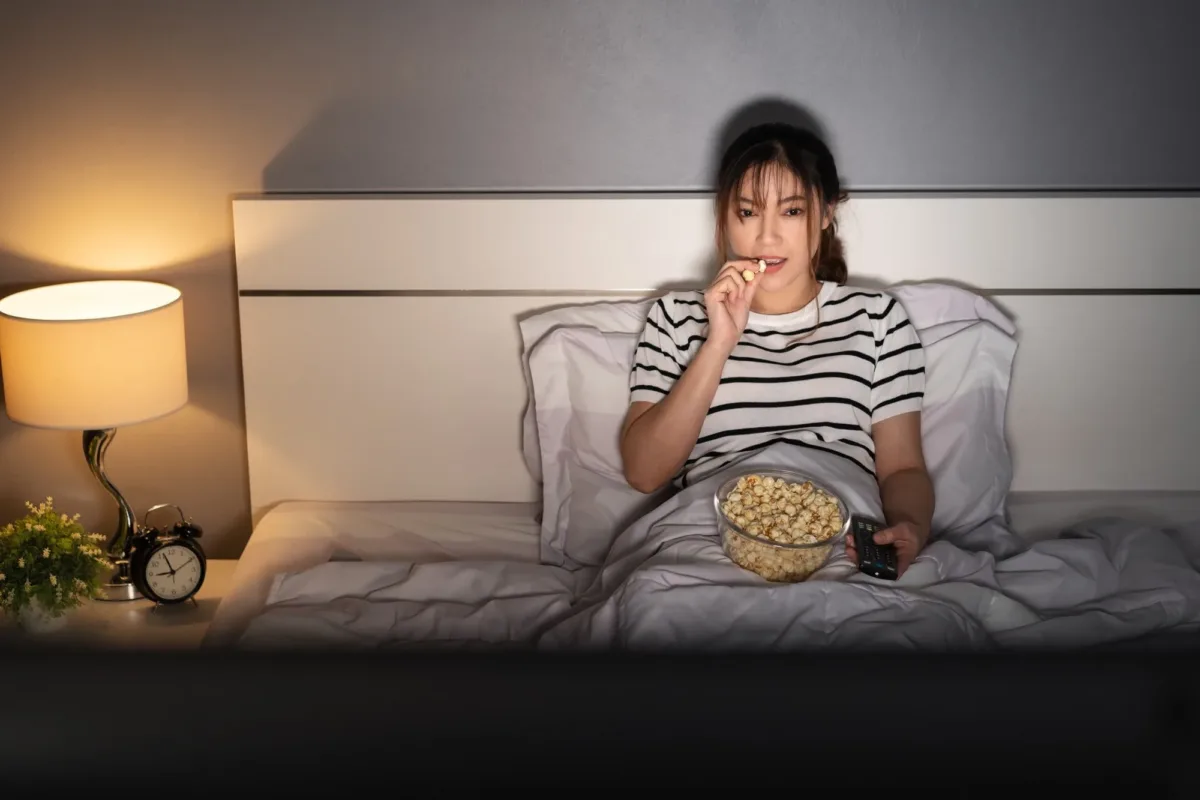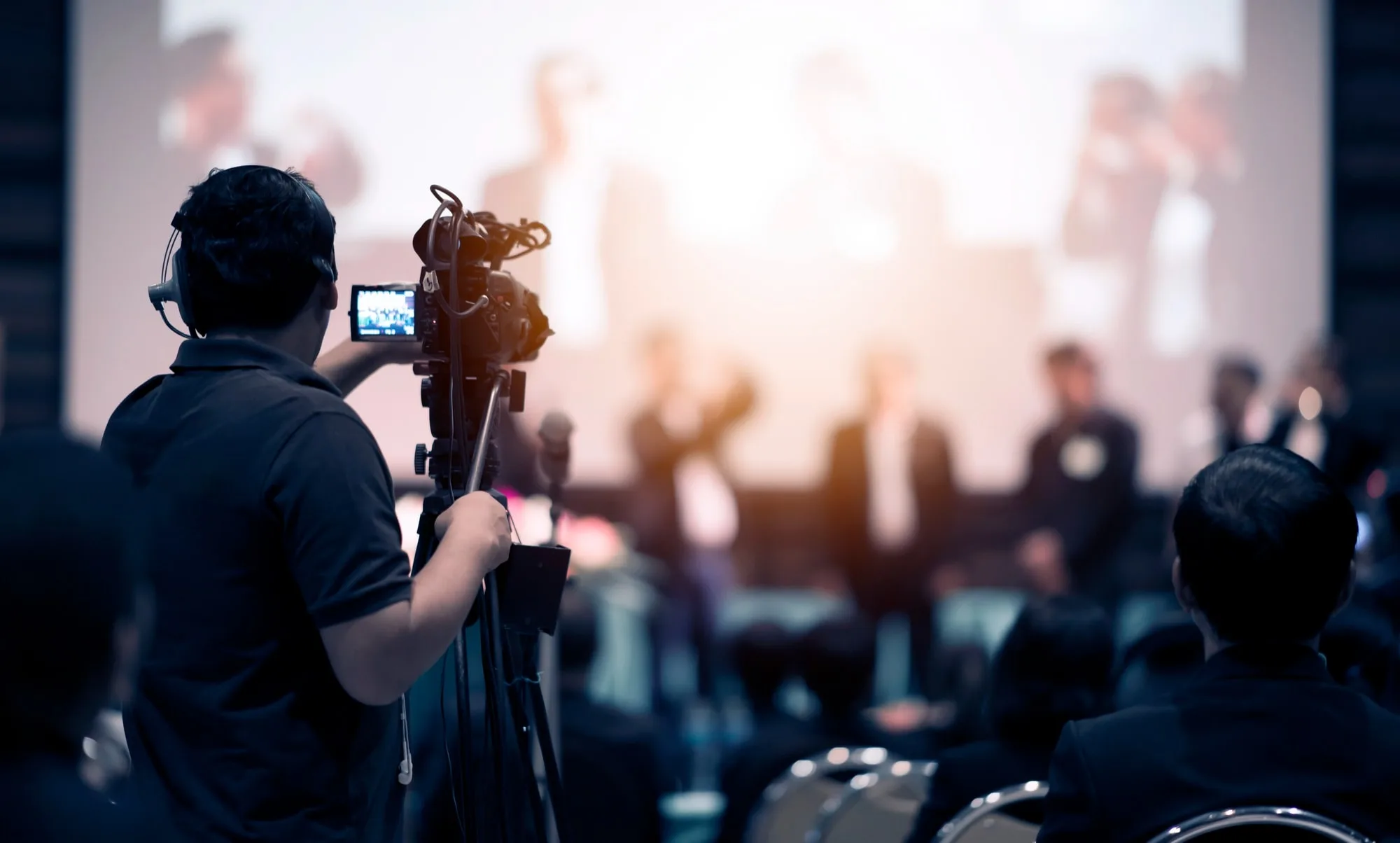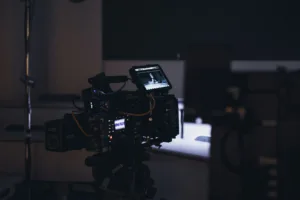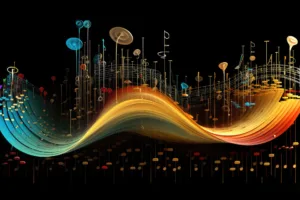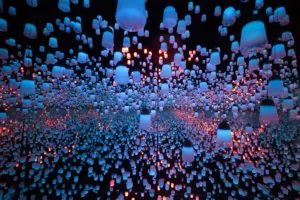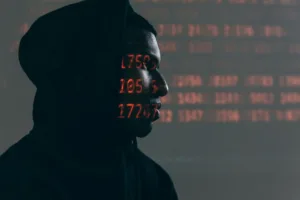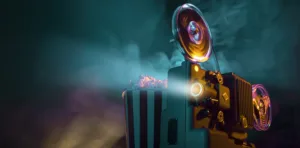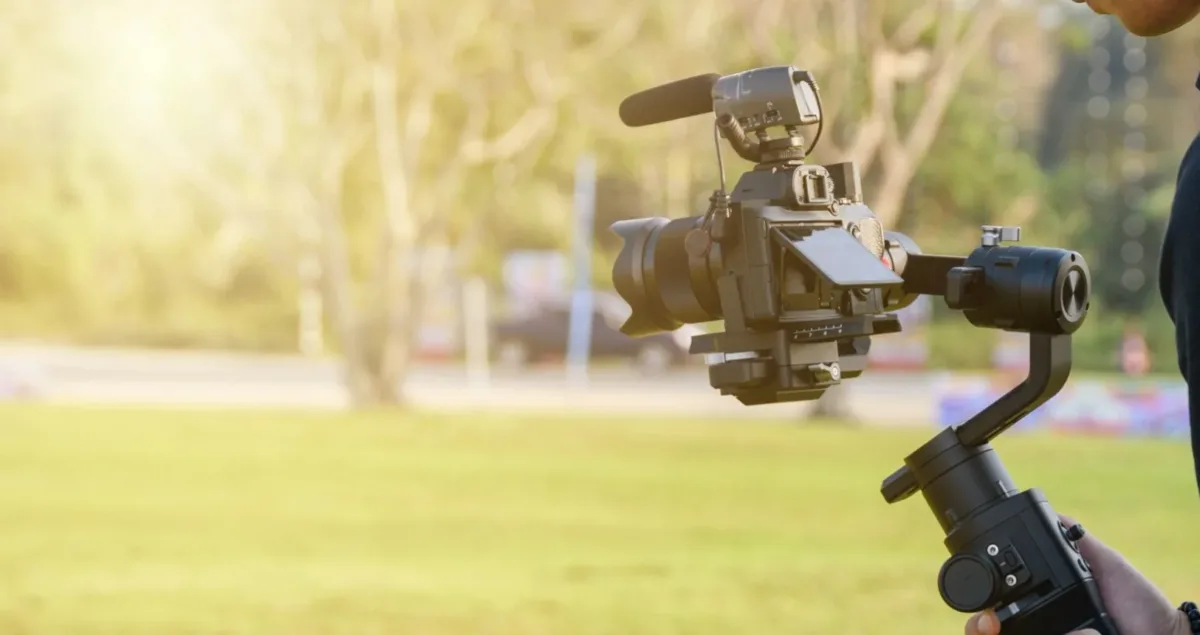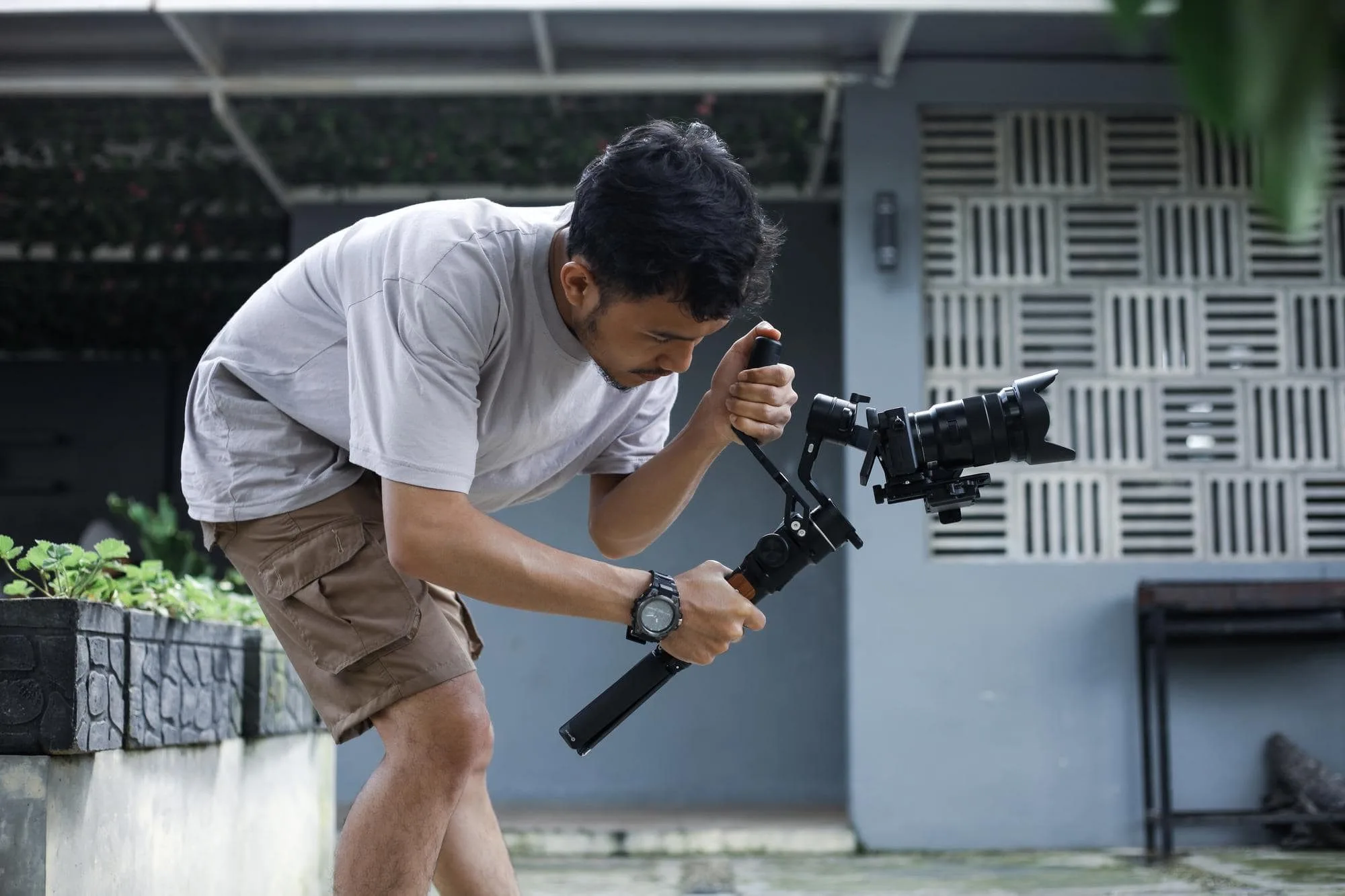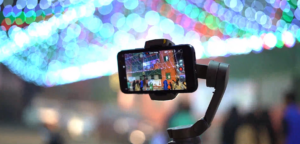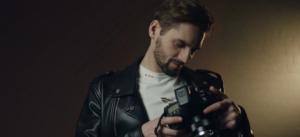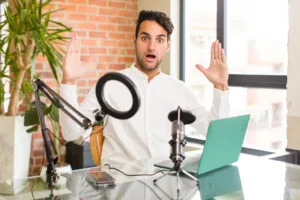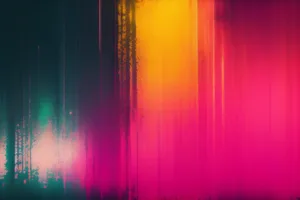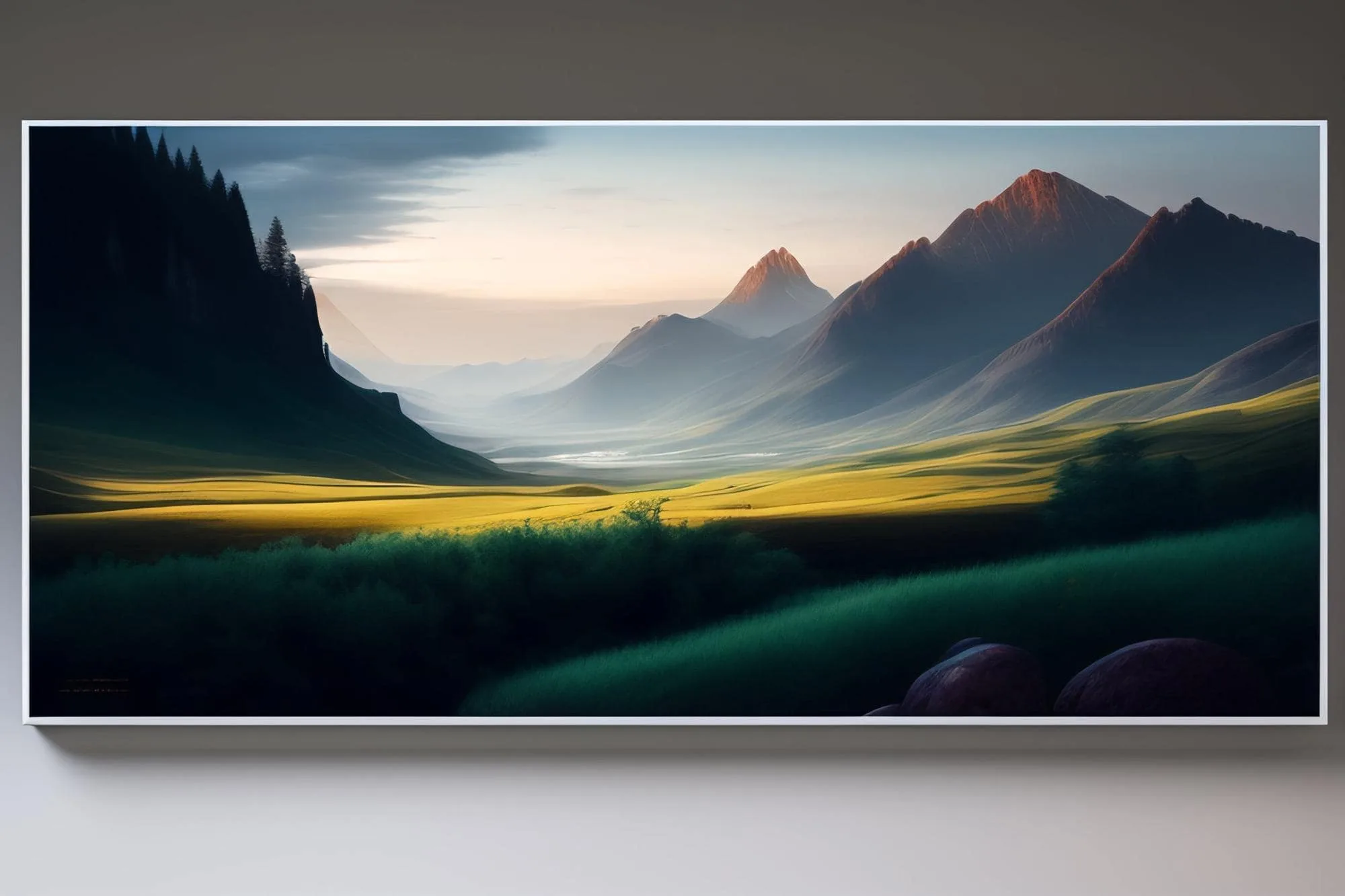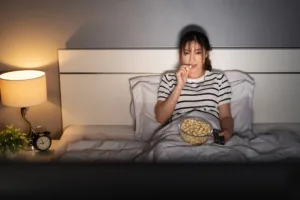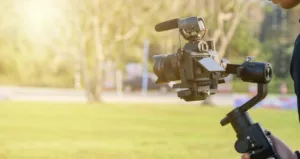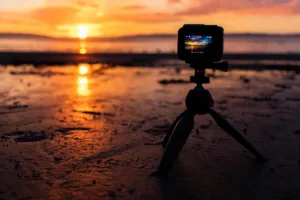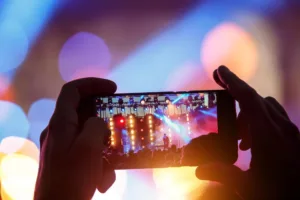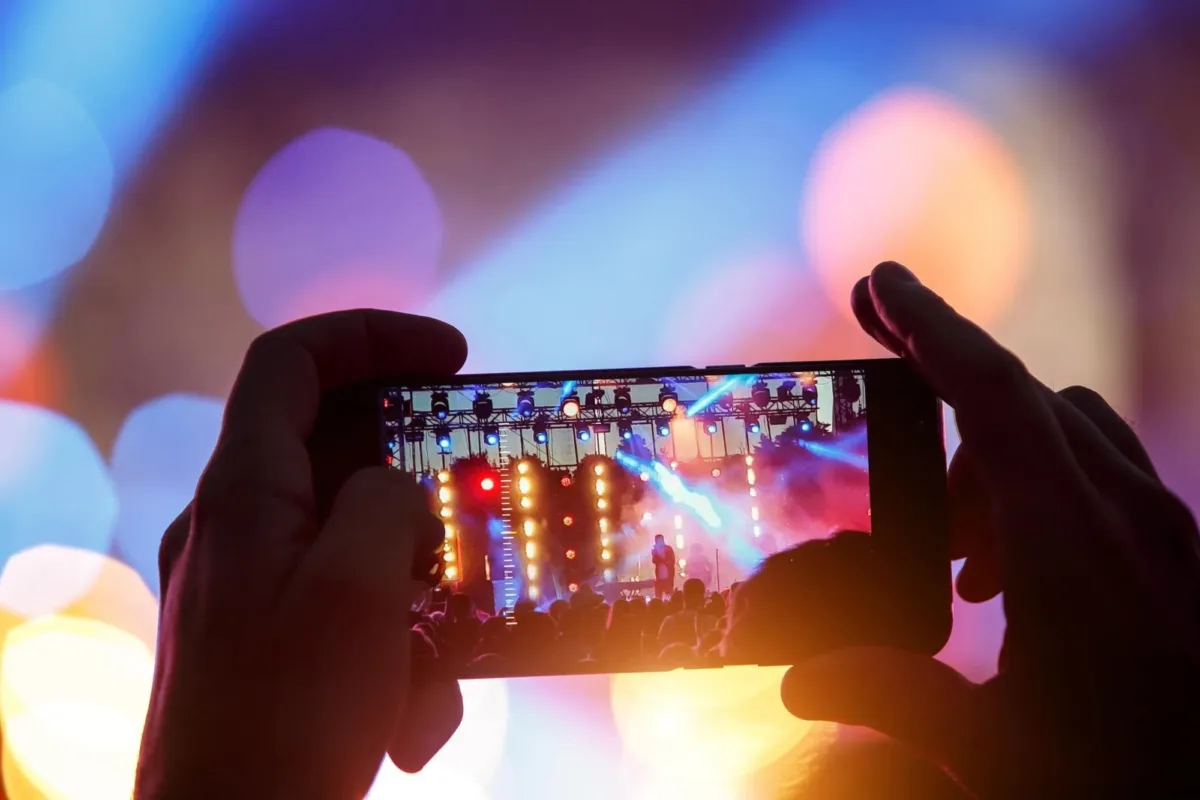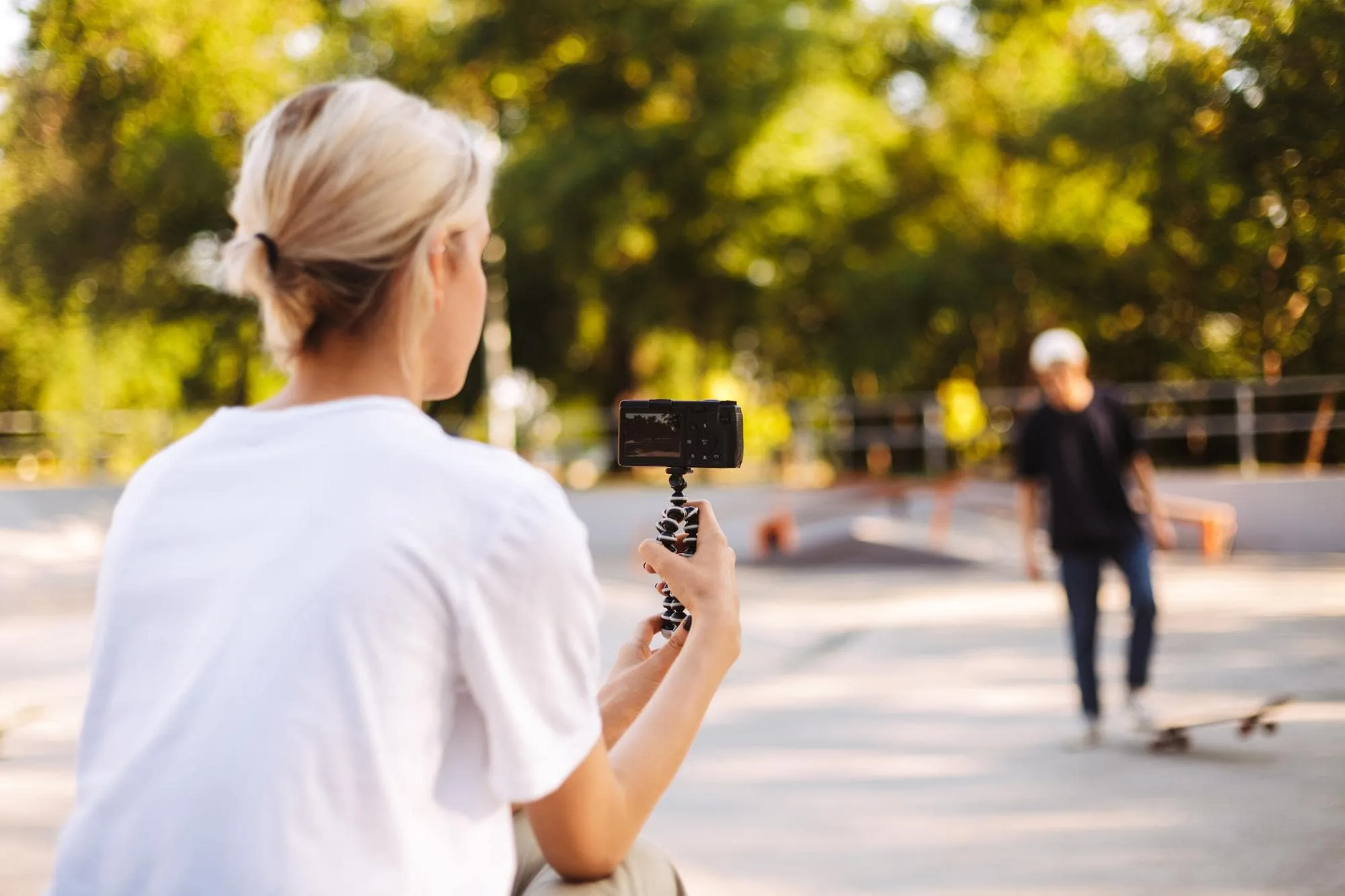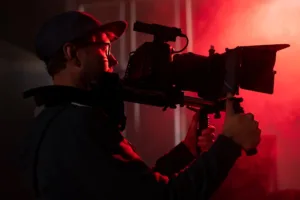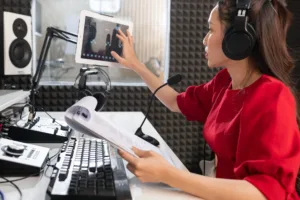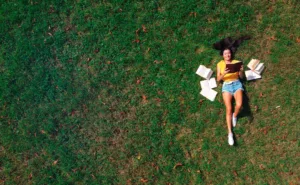Top 5 Gimbals for Smartphones.
Looking for the best Gimbals for Smartphones? Are you tired of looking like you’ve got a severe case of the shakes in all your iPhone videos? Fear not! With the latest and greatest smartphone gimbals hitting the market in 2023, we’ve got you covered. Check out our top 5 picks for the most versatile, and downright impressive gimbals for iPhones.
1. DJI Osmo Mobile 6
The DJI Osmo Mobile 6 is the latest offering from DJI and features a compact design and advanced features. It has a built-in OLED screen for easy adjustments and supports 360-degree rotation for versatile shooting. Plus, with a long battery life of up to 18 hours, you can film to your heart’s content.
2. Zhiyun Smooth Q4
The Zhiyun Smooth Q4 is so smooth, it’s like you’re gliding on a cloud. With its large focus/zoom wheel and multiple control buttons, it’s easy to adjust settings on the fly. Plus, its built-in tripod is perfect for filming those awkward dance moves.
3. Moza Mini-P
The Moza Mini-P is a pint-sized powerhouse with advanced stabilization technology. It’s like having your very own tiny superhero keeping your videos stable and smooth. Plus, its compatibility with a range of devices means you’ll never have to compromise on quality.
4. FeiyuTech G6 Plus
The FeiyuTech G6 Plus is like the Hulk of gimbals. Its powerful motor and impressive stabilization capabilities mean you’ll never have to worry about shaky footage again. Just don’t forget to let it cool down before it overheats and starts to smolder.
5. Hohem iSteady X2
The Hohem iSteady X2 is so compact, you’ll forget you even have it with you. With its 360-degree rotation and smart app, you can get creative with your filming and capture all the weird and wonderful moments life throws your way. Plus, its battery life is so long, you’ll be filming nonstop like a true Hollywood director.
Gimbals for Smartphones, the conclusion.
So, grab your gimbal and get ready to take your videos to the next level. Your followers won’t know what hit them!



